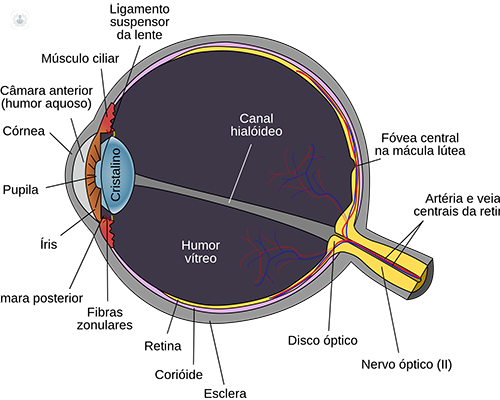When is a corneal transplant necessary?
Written by:The cornea is a transparent tissue that allows the passage of light into the eye; in addition, has cupuliform shape to focus the images in the retina. Any circumstance that causes the cornea to lose its transparency (post-traumatic scar, after a bacterial or viral infection) or that causes it to deform (keratoconus) implies that it has to be replaced by healthy tissue through a transplant.
Corneal transplant technique

Today the technique of corneal transplantation has evolved a lot; so much that we can transplant only the part of the cornea diseased. In this way, we have anterior lamellar transplants, where only the anterior part of the cornea is replaced; endothelial transplants, in which the inner face of the cornea is transplanted; and transplants of full thickness.
Anterior lamellar transplants (DALK) are indicated in patients with keratoconus or corneal scars (the most frequent cause is due to a herpetic infection). Endothelial transplants (DSAEK or DMEK) are indicated in patients with Fuchs endothelial dystrophy or Guttata cornea.
Preparing the patient for a corneal transplant
The patient needs a complete ophthalmic examination and a detailed analysis of the cornea to determine the depth of the lesion in the case of previous lamellar transplants. In the case of endothelial transplants, it is necessary to perform an iridotomy (a hole in the iris) that can be performed preoperatively or intraoperatively according to the surgeon's criteria.
. .

